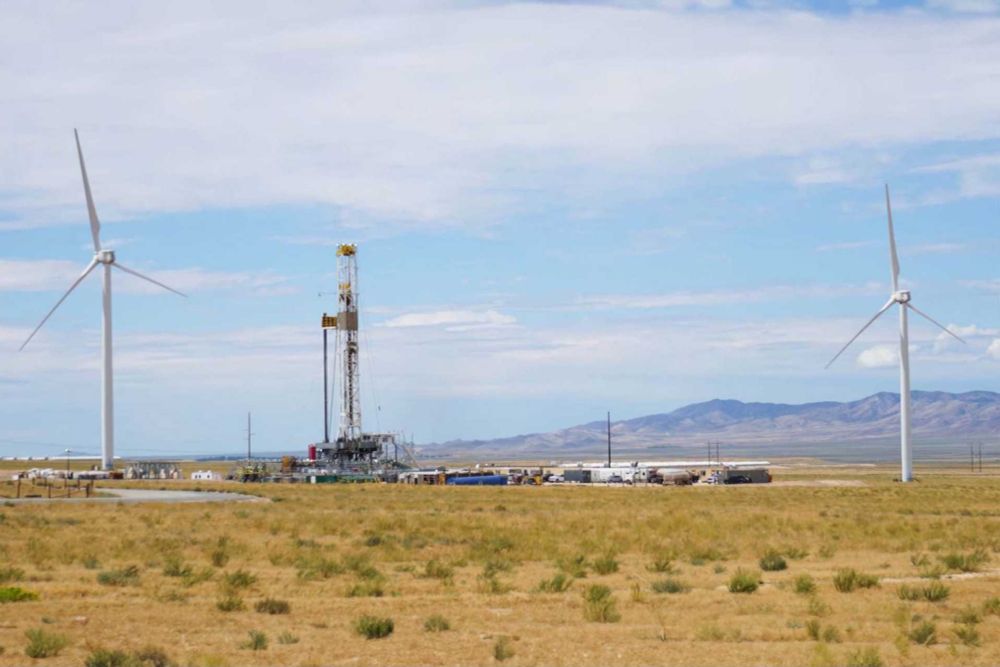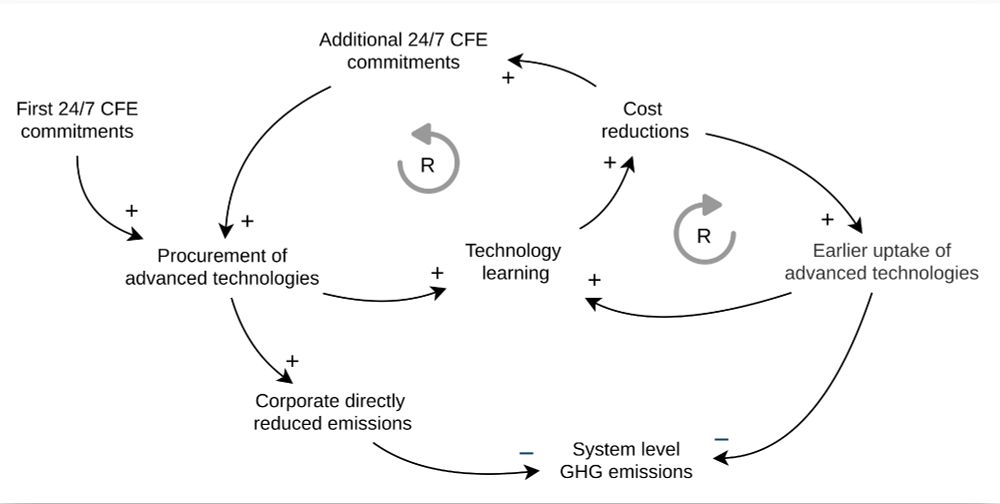Iegor Riepin
@iriepin.bsky.social
62 followers
18 following
28 posts
Postdoc researcher @ ENSYS TUB | Energy economics-/ system modelling | https://iriepin.com/ | 🇺🇦 🇩🇪
Posts
Media
Videos
Starter Packs
Reposted by Iegor Riepin
Iegor Riepin
@iriepin.bsky.social
· Mar 5
Reposted by Iegor Riepin
Iegor Riepin
@iriepin.bsky.social
· Feb 24
Iegor Riepin
@iriepin.bsky.social
· Feb 24
Iegor Riepin
@iriepin.bsky.social
· Feb 19
Iegor Riepin
@iriepin.bsky.social
· Feb 19
Iegor Riepin
@iriepin.bsky.social
· Feb 19
Reposted by Iegor Riepin
Iegor Riepin
@iriepin.bsky.social
· Jan 29
Iegor Riepin
@iriepin.bsky.social
· Jan 29
Iegor Riepin
@iriepin.bsky.social
· Jan 29
Iegor Riepin
@iriepin.bsky.social
· Jan 29
Reposted by Iegor Riepin
Markus Millinger
@millinger.bsky.social
· Jan 23
Reposted by Iegor Riepin










